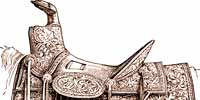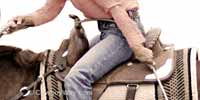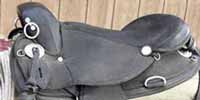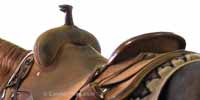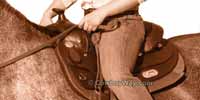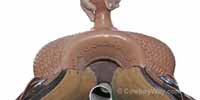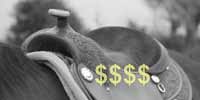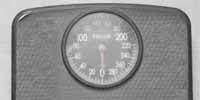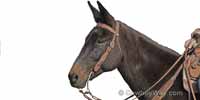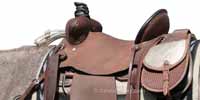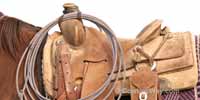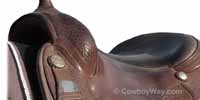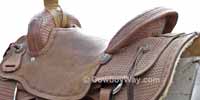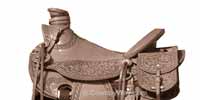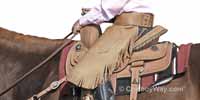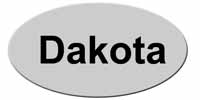Compare prices and selection on Western saddles between major online sellers. See an excellent selection of barrel saddles, trail saddles, roping and ranch saddles, trail saddles, and much more.
For information on what makes a Western saddle “Western” (as opposed to some other type of saddle), please scroll down beneath the saddles for sale
Western Saddles By Type
More Saddles
Below are more Western saddles for sale grouped by the type of saddle. These are in addition to the saddles shown above.
Western Saddles By Brand/Maker
If you prefer, you can shop for saddles by brand or maker.
Saddles: The Big List
To easily see all saddles please see this page: Main Saddles Menu.
The saddle pages above make it easy to compare prices and selection between some of the largest online Western saddle sellers on the Web.
See an excellent selection of saddles for Western riding disciplines including barrel saddles, trail saddles, roping and ranch saddles, trail saddles, and much more.
What Makes A Western Saddle “Western”?
Saddles for riding horses are typically divided into two large groups: English and Western. This doesn’t adequately categorize all types of saddles, of course, but it’s at least useful to make the distinction that Western saddles are a recognizable type of saddle, uniquely different from other types saddles in the world.
So, what are the characteristics that make a Western saddle, well, Western?
Most modern Western saddles have two distinctive innovations that identify them from other saddles: The saddle horn and the double rigging. These items were originally introduced to saddles thanks to the needs of the working cowboy, but quickly found themselves a permanent home on other types of Western saddles, too.
- Saddle horns, perhaps best known as the place a cowboy dallies or ties their rope, are useful for other things, too. They’re handy when mounting or dismounting, and they’re a great place to hang items you want to keep handy.
- Horns on a Western saddle can also be held to help keep a rider’s body position exactly where they want it (such as when turning a barrel in barrel racing, sliding off a horse while steer wrestling, riding a cutting horse, or riding up and down steep slopes when trail riding). For all of those unique reasons, saddle horns on Western saddles come in a wide variety of shapes and sizes.
Below: A roper dallies around a saddle horn on a Western saddle.
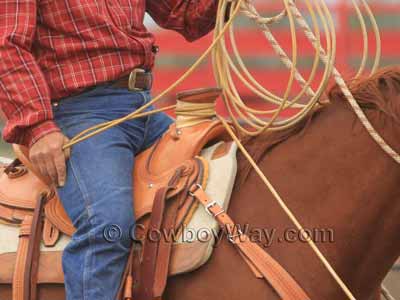
- A “double rigged” saddle means it has a front cinch and a back cinch. (Most modern Western saddles come with a place for a back cinch even though some riders don’t use it.) Double riggings provide extra stability to keep a saddle where it should be when it’s used for the same examples we just shared (above), and for other reasons as well.
Below: Notice this barrel racing saddle is double-rigged. It has a front cinch (green arrow) and a back cinch (blue arrow). Also notice the rider is stabilizing herself by keeping her right hand on the saddle horn.
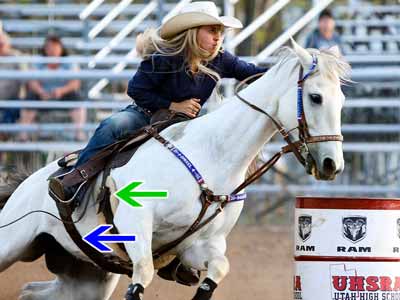
So, whether it’s for the working cowboy or cowgirl or a wide variety of other types of Western riding disciplines, most modern Western saddles offered for sale are true to their roots and are built with a saddle horn and double rigging.
